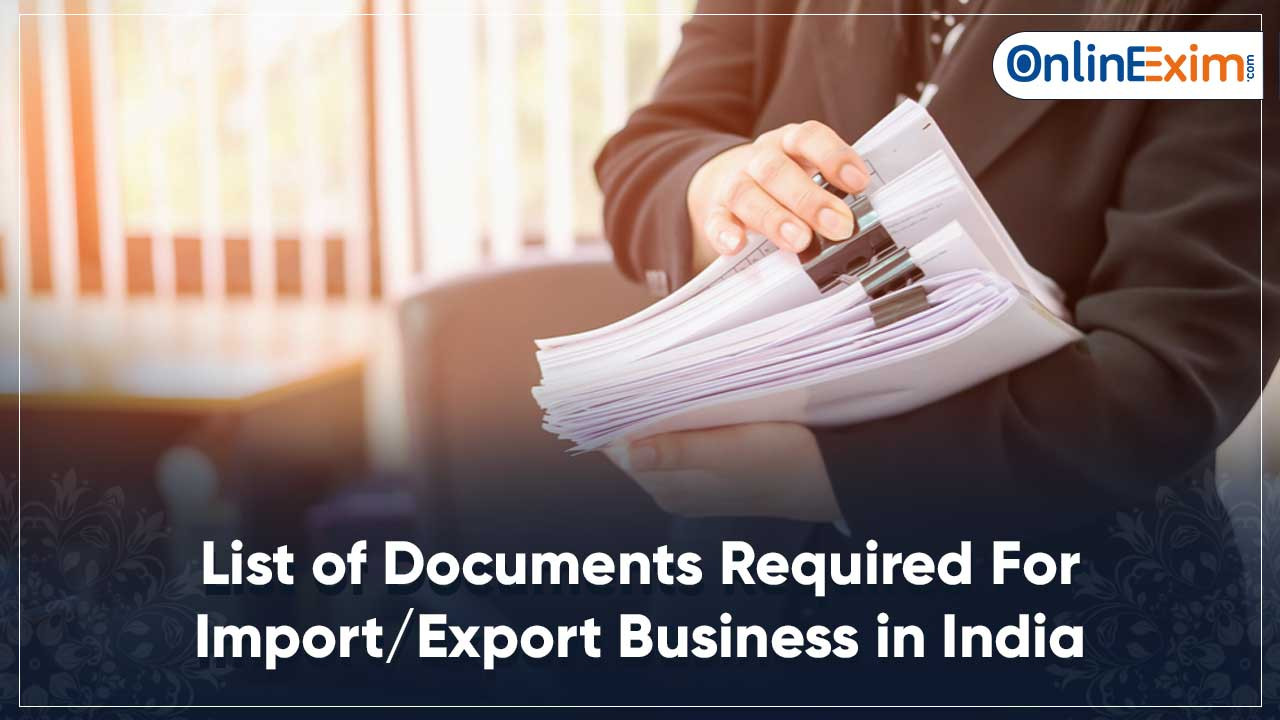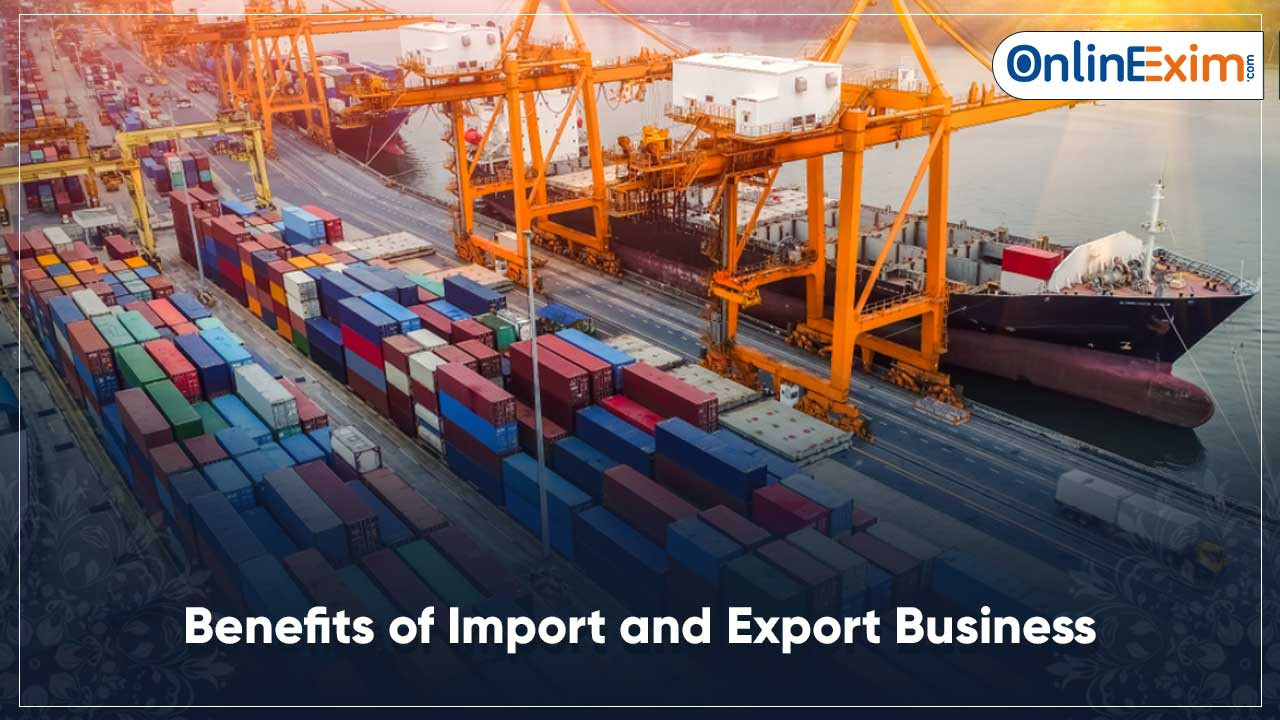
LIST OF DOCUMENTS REQUIRED FOR IMPORT/EXPORT BUSINESS IN INDIA
You have secured the international sale and your next step is to prepare for the shipment of goods to your foreign buyer. Most importantly, including specific terms on how the goods will be shipped is needed in the agreement for the benefit of the various people and organizations that will help facilitate the movement of goods. Before we talk about the documents in detail and most importantly, be clarified about the fact that the documents required for import/export clearance for all products are not similar. But, it very well may be examined about the basic documents needed for import customs permission in importing countries. This article will provide you with some broad information on documentation of import/export. Understanding these common documents is crucial to your success abroad: To import or export goods into India, the following mandatory documents are prescribed as per the Foreign Trade Act. ->Bill of Lading Airway Bill The bill of lading is usually the first common document used in international shipment and it is a contract between the owner of the goods and the carrier. It will state what goods are shipping, where they are going and where the shipment started. In addition, once the shipment is picked up, the bill of lading serves as a receipt issued by the carrier. The Bill of Lading under maritime shipment or Airway Bill under aircraft shipment is transporter’s document required to be submitted with customs for import customs approval. Bill of Lading or Airway Bill provided via bearer furnishes the details of freight with terms of the conveying. ->Shipping Bill This is the major document that is required by customs to allow shipment of goods. It comes in three main variations. The shipping bills for non-duty goods. Shipping bills for duty payable goods and the duty drawback. In order to prepare it right, the preparation must be based on the export goods category. As this will vary from country to country you need to check first before selecting one. ->Commercial Invoice This is one of the most important documents as it summarizes the entire transaction. It has the details of the buyer, Freight Company, seller, foreign customs, bank details and import/export brokers. It also contains the price of items in the shipment as well as the terms under which they are shipped. At times, traders use a pro-forma invoice that allows for payment to be processed before goods are released. ->Bill of Exchange This document makes an order for payment to be made by a specific person to the order of another specified individual. It could also be made to the bearer of the document. Whatever the case, the bill lets a debtor when the amount specified is due for payment on a future date or on demand. Packing List A packing list is similar to a shipping list in that it lists the goods being shipping, information on how it was packed, how the goods are numbered, and weight/height dimensions. ->Certificate of Origin This document is prepared by the manufacturer and is certified by a government entity or chamber of commerce. It’s used to identify the country of the manufacturer where the goods were made. For example, the U.S. Food & Drug Administration requires a certificate of origin for every product imported to the US. ->Inspection Certificate These are usually issued out from the exporter’s country and specifically apply for mechanical or perishable products. This includes food items and horticultural products. It shows that the goods left the exporters hands in the right condition and correct quantity. ->Insurance Certificate For export shipments, this document certifies you have bought an insurance policy for cargo on board. Insurance may be purchased because liability and large losses are a concern to the exporter. This helps to mitigate loss in the event the worst actually happens and goods do not get to their destination. For as long as you have taken out insurance on the cargo then you need to provide proof and this document does just that. ->Purpose of Import Export Documentation Import export documentation ensures the safety of goods till they get to their destination. The multiple documents that are prepared and dispatched with a consignment serve as a form of security. These documents are helpful in facilitating payments. Making a payment for goods that are yet to be received or even committing to pay for them in future requires documentary proof. That is one very important role served by export documentation. They are also useful for individuals transferring money overseas as they detail the exact reason for the payment. Particularly when a cash transfer involves big sums of money, it is impossible to make a cash transfer without any documentary support for the transaction. They create trust between traders. It is customary for an importer to request for an image of the invoice and packing list in order to ascertain that goods have actually been released to the cargo company. In fact, more seasoned traders know to send images of the relevant documents as soon as they can in order to quell any doubts in the mind of an importer. There are specific documents required for export customs clearance. You cannot carry out customs clearance for any consignment without showing relevant documentation. Documentation covers the differences in the legal frameworks binding the two trading countries. Documentation defines the title to specific goods. The only way that a consignee gets the right to collect goods from the port of entry is by use of the right documentation. .


Add a Comment